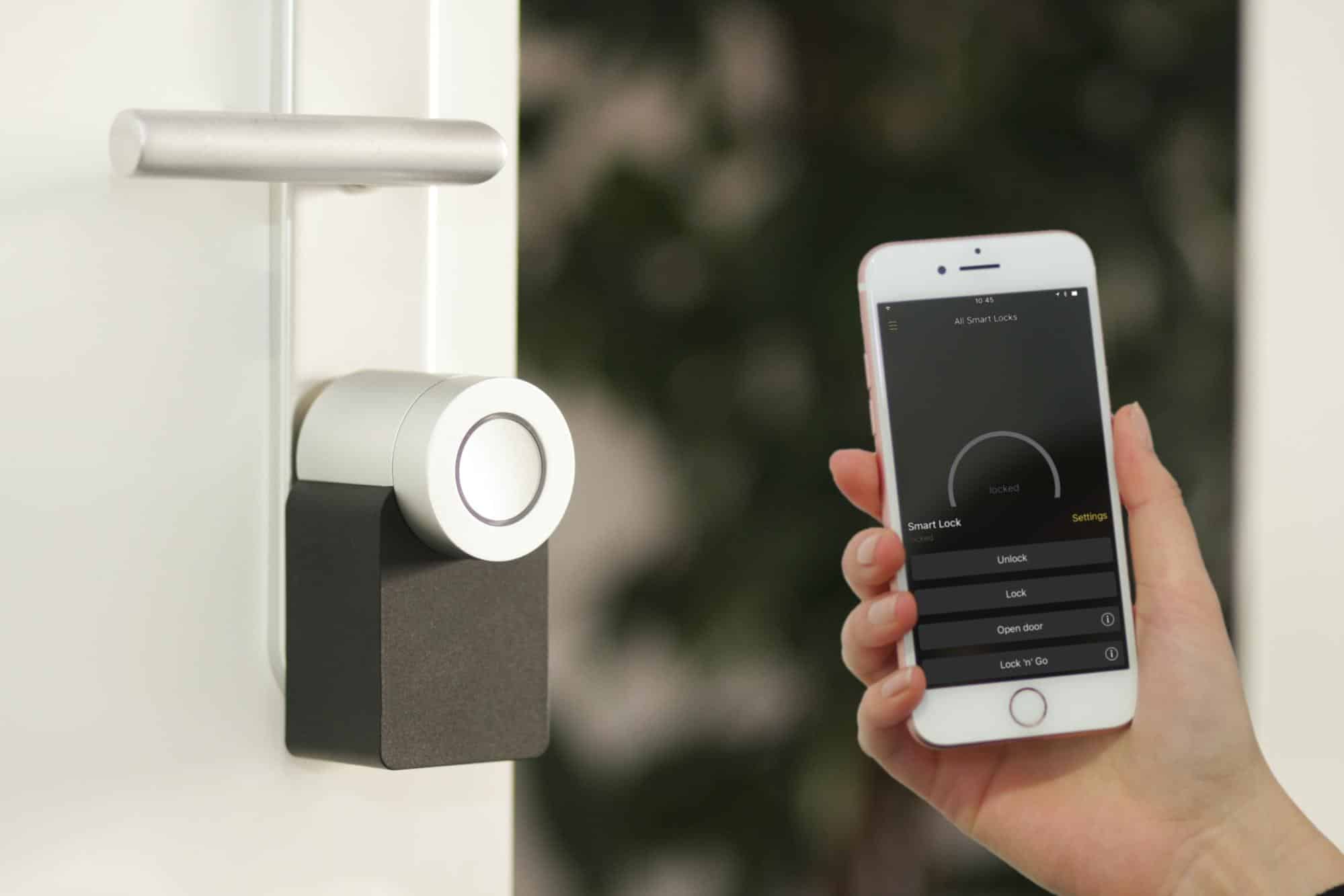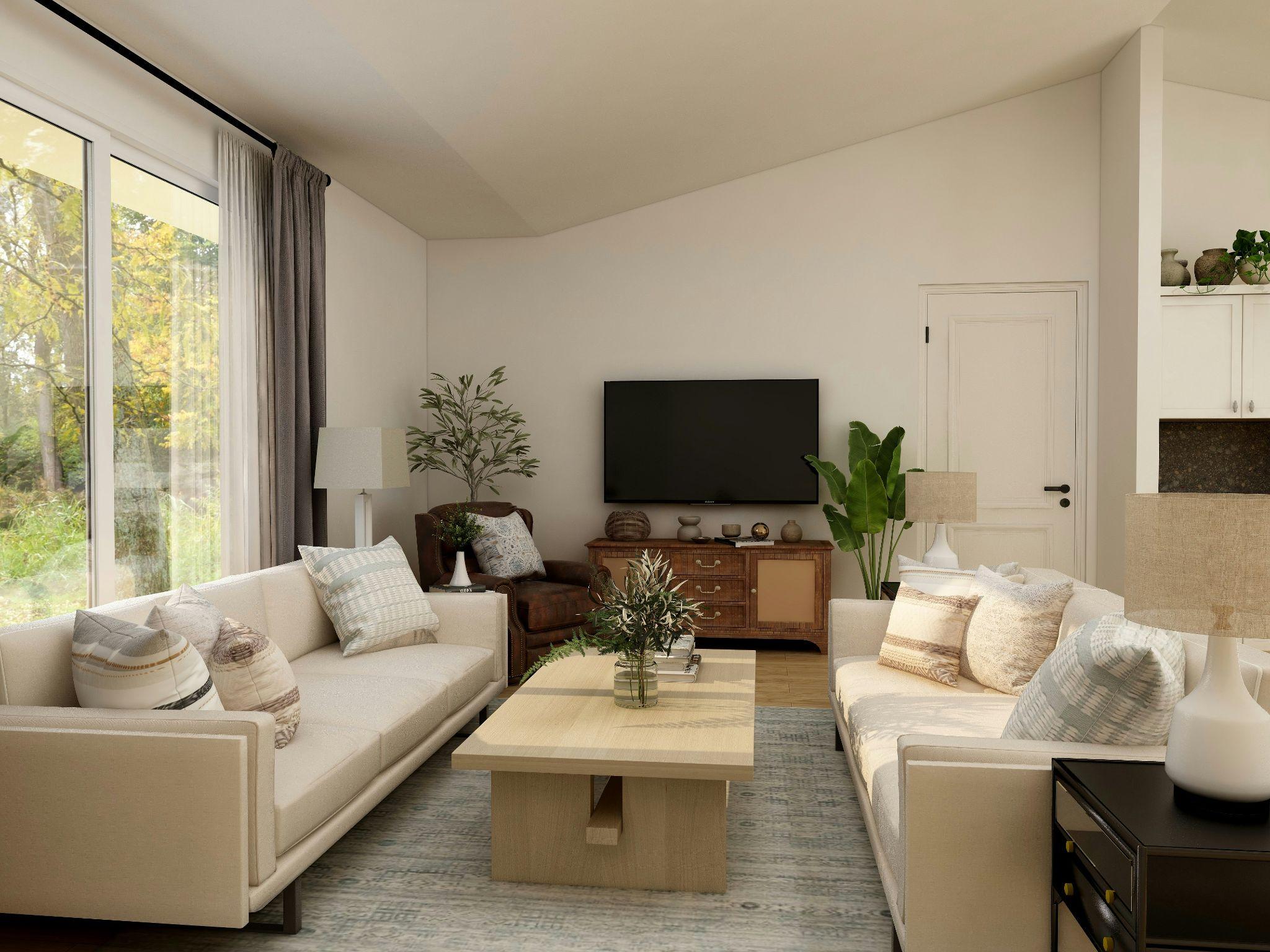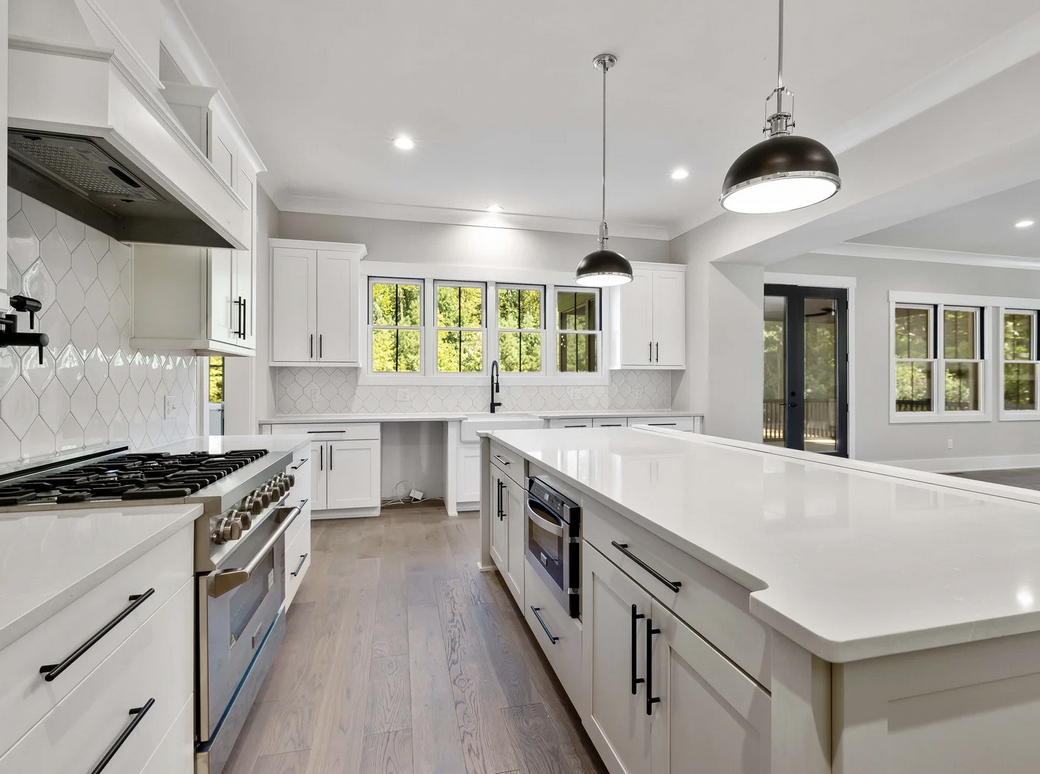Embracing the Smart Home Revolution
Introduction: Welcome to the Future
Smart homes are no longer a thing of science fiction. The rise of smart home technology has allowed us to transform our living spaces into interconnected networks capable of enhancing our daily lives. In this article, we will explore the benefits and challenges of embracing the smart home revolution, along with practical steps you can take to make your home smarter and your life easier.
Assessing your Needs
Before embarking on your smart home journey, it’s important to consider your needs and determine which systems and functionalities will enhance your daily life. For example, if you prioritize energy efficiency or home security, focus your research and investment in these areas.
Personalized Comfort
As technology continues to advance, home automation can help maximize the personalization of your living environment. Customized home features, such as an adjustable bed, not only enhance the convenience and efficiency of your home life but can also significantly improve your sleep quality, making your home truly tailored to your specific needs.
Smart Homes for the Elderly and Disabled
Smart homes have the potential to make a significant difference in the lives of the elderly and the disabled. Specialized devices and systems can provide increased independence, ensuring that individuals with specific needs have greater control, access, and safety within their homes. In addition to the previously mentioned benefits, consider researching and implementing smart home solutions that cater to the unique requirements of elderly or disabled members of your household to create an inclusive and accessible living environment for all.
The Benefits of a Smart Home
- Increased Convenience: Smart homes can simplify everyday tasks by automating processes and giving you remote control over your living space. Imagine waking up to a preheated bathroom, your favorite playlist playing, and coffee brewing in the kitchen.
- Energy Efficiency: Smart devices can help optimize the use of energy and reduce your carbon footprint. They can even adjust to your needs and preferences, such as optimal temperature levels, lighting, and appliance usage, saving money on energy bills.
- Enhanced Security: Smart home security systems can provide real-time information and alerts on potential threats, granting you peace of mind. Some examples include smart door locks, video surveillance, and motion sensors.
- Better Health: Smart home technology can provide health monitoring and reminders for medication, appointments, and exercise routines, ensuring that you maintain a healthy lifestyle.
Challenges of Adopting Smart Home Technology
- Cost: Although smart home technology has become more cost-effective in recent years, the price tag can pose a barrier to entry, especially for larger homes and more advanced systems.
- Compatibility: Different smart devices use various protocols, which can result in compatibility issues. This may require additional devices and technical knowledge to create seamless connections within your smart home.
- Privacy and Security: Introducing smart devices to your home can raise concerns about potential data breaches and privacy issues. It’s essential to research manufacturers and their security measures to minimize potential risks.
Research and Choose Devices Wisely
There are countless smart home devices available on the market, and not all are created equal. Research each manufacturer’s security measures, device compatibility, and ease of installation to choose devices that align with your smart home goals.
Choosing your Central Hub
A central hub is the core of your smart home ecosystem, connecting all devices and allowing you to control and automate them. Choose a reliable, secure, and user-friendly option that is compatible with your desired devices, ensuring seamless communication within your network.
Prioritize and Upgrade
Transforming your home into a smart home can be a daunting and expensive process. Prioritize your smart home features based on your personal needs, and upgrade gradually to make the transition more manageable and cost-effective.
Seek Expert Guidance
If you feel overwhelmed or unsure of how best to install and configure your smart home devices, consult an expert in the field. A professional can help ensure that your systems work seamlessly and provide personalized advice to make the most of your new smart home setup.
Customizing Your Experience
One of the greatest advantages of smart home technology is its ability to adapt to your individual needs and preferences. By customizing your smart home setup with devices and features tailored to your lifestyle, you’ll enjoy a truly personalized living environment. Whether it’s setting up personalized lighting scenes or automated routines for morning and night, your smart home should reflect your unique preferences and requirements.
Continuous Adaptation and Improvements
As technology evolves and manufacturers continue to release new and improved smart devices, it’s essential to stay informed and open to upgrading your smart home setup. Embracing the ongoing changes in the smart home industry will keep your living environment fresh and ensure that you’re always benefiting from the most innovative and impactful solutions available.
Embracing the Future
The smart home revolution is here, and embracing it can result in significant improvements to your daily life. By assessing your needs, choosing the right central hub, prioritizing upgrades, researching devices, and seeking professional advice, you can transform your living space into a smarter, more efficient, and more secure environment. Embrace the future and customize your smart home experience to create a personalized, adaptable, and inclusive living environment for all members of your household.







